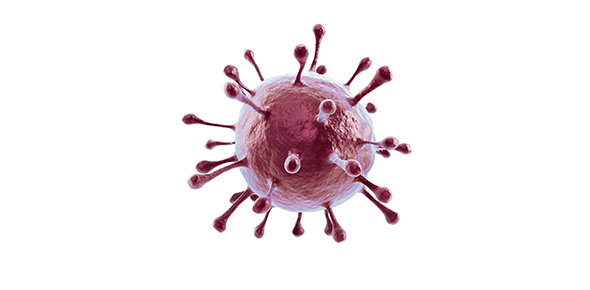Related Flashcards
Related Topics
Cards In This Set
| Front | Back |
|
Homologous Structures
|
Similar features that originate from a shared common ancestor.
|
|
Analogous Structures
|
Structures with similar function and appearance but have different embryological and anatomical origins.
|
|
Vestigial Structure
|
A feature that currently has no purpose but was useful in an ancestor
|
|
Conserved Genes
|
Genes for a trait remain unchanged - but are turne off in rare cases. They may be partially turned on and vestigial traits may occur
|
|
Ernst Haekel
|
Started "onthageny recapituiates phylogeny" - embryology repeats evolutionary history. Only partially true - all vertebrates are developementally similar as embryos, but differ as they mature.
|
|
Similarities in Macromolecules
|
Organisms that arise from a common ancestor have similar DNA, RNA, and proteins.
The number of differences is proportional to the time period that has passed to a shared common ancestor. |
|
Modern Synthesis of Evolution
|
Combining the theory of natural selection with the understanding of genetics. Explains the broadest range of observations and makes predictions. Models phylongy - the ancestral relationships between groups of organisms.
|
|
Georges Cuvier
|
Created catastrophism - the belief that geological catastrophes in the past caused large groups of organisms to become extinct
|
|
Charles Lyell
|
Created uniformitarianism - the belief that geological processes are continuous through time
|
|
Lamarck's explanation
|
Proposed that similar species evolved from a single common ancestor. Hypothesized that acquired traits were passed on to the offspring
|
|
Acquired Trait
|
Arise due to the organisms experiences (not determined by genes)
|
|
Descent With Modification
|
Newer forms that appear are actually modified descendants of older species
|
|
Natural Selection occurse due to:
|
Overproduction
Genetic Variation Struggle to Survive Differentiated Reproduction |
|
Fitness
|
An organisms genetic contribution to the next generation
High fitness allows more successful reproduction |
|
Coevolution
|
The change of 2 or more species in close association with eachother.
|




